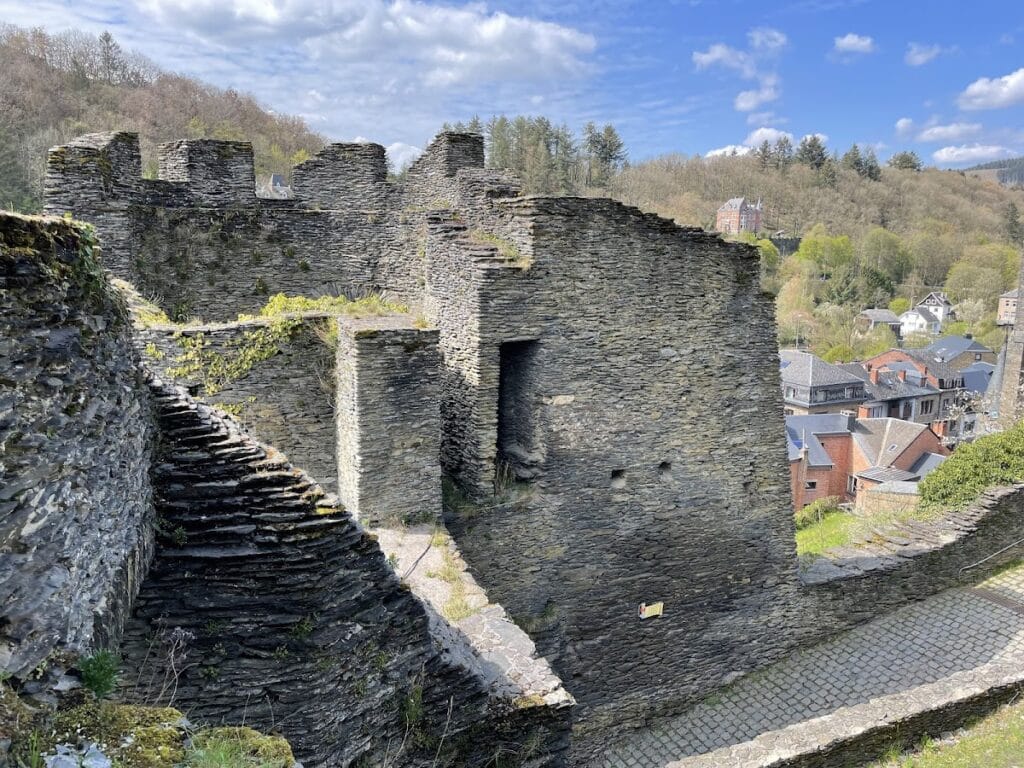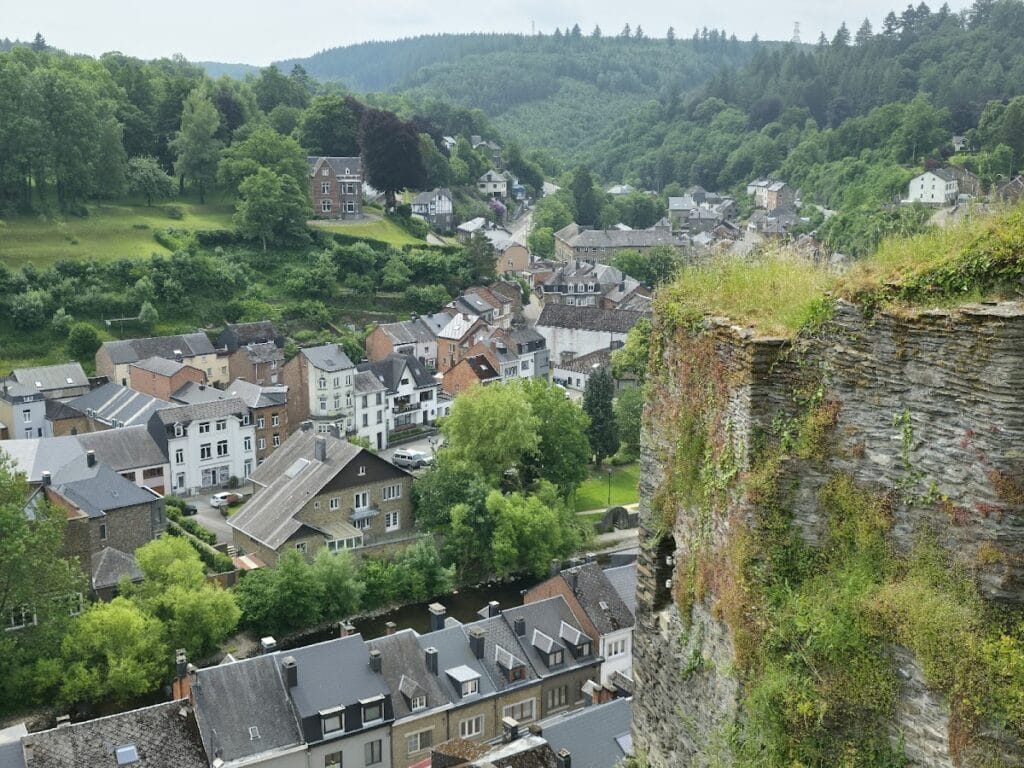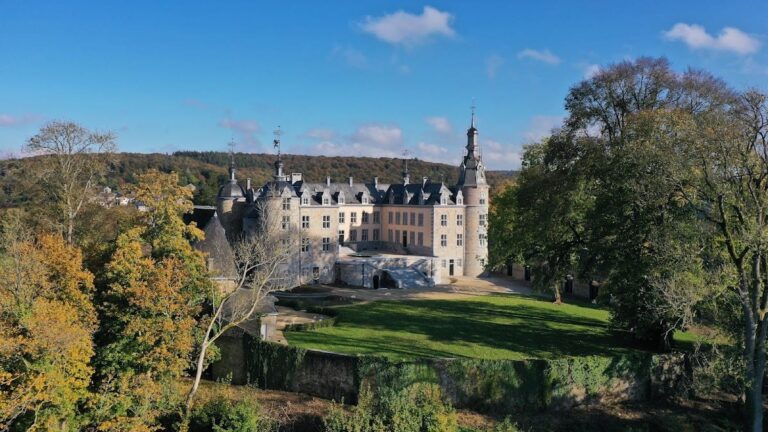La Roche-en-Ardenne Castle: A Historic Fortress in Belgium
Visitor Information
Google Rating: 4.1
Popularity: Medium
Google Maps: View on Google Maps
Official Website: www.chateaudelaroche.be
Country: Belgium
Civilization: Medieval European
Remains: Military
History
La Roche-en-Ardenne Castle stands in the town of La Roche-en-Ardenne, located in the province of Luxembourg within the Wallonia region of Belgium. The site has been occupied since the Neolithic period, initially serving as a Celtic oppidum, a type of fortified settlement. The Romans later established a military camp here, recognizing the strategic advantage of the rocky ridge overlooking a bend in the Ourthe river.
In the early 8th century, Pepin of Landen built a villa on this location, marking the transition from Roman to early medieval use. Around 844, Adelard, Count of La Roche, constructed the first castle on the site, establishing a feudal stronghold that would anchor the region’s defense and administration.
Following the death of Henri de la Roche in 1152, the county passed to Henri the Blind, Count of Namur. Later, in 1196, Henri’s daughter Ermesinde of Luxembourg inherited the castle, bringing it under the control of the counts of Luxembourg. This transfer linked the fortress to a powerful noble family that shaped the region’s medieval history.
During the 14th century, Jean the Blind, Count of Luxembourg, granted permission for the townspeople to build defensive walls and towers around La Roche. This expansion reinforced the castle’s fortifications and integrated the town’s defenses with the stronghold, reflecting growing concerns over security in the region.
Between 1681 and 1688, under the reign of Louis XIV of France, a student of the famed military engineer Vauban was commissioned to strengthen and transform the castle. These renovations aimed to modernize the fortress’s defenses, although after the War of Spanish Succession, the castle was neglected by the victors who controlled the area.
In 1721, a lightning strike caused a devastating fire that severely damaged the castle. Following this event, Joseph II of Austria ordered the dismantling of the fortress, leading to its decline and abandonment as a military site.
The castle suffered further damage in the 19th century due to vandalism. It also endured heavy bombing during the Battle of the Bulge in December 1944, one of the last major German offensives of World War II. Despite these hardships, the ruins of La Roche-en-Ardenne Castle remain a significant example of military architecture spanning from ancient to early modern times.
Remains
The castle occupies a rocky promontory that overlooks a sharp bend in the Ourthe river, using the natural landscape as a defensive advantage. Its layout reflects a long history of construction, beginning with a Celtic fortified settlement and later incorporating Roman military structures.
The medieval fortress built in the 9th century and expanded in the 14th century includes remnants of city walls and towers that once protected both the castle and the surrounding town. These defensive features were integrated to create a cohesive fortification system.
In the late 17th century, the castle underwent structural reinforcements under the direction of a disciple of Vauban, Louis XIV’s renowned military engineer. Although specific architectural details of these modifications are not documented, they represent an effort to adapt the fortress to contemporary military needs.
After the fire in 1721 and subsequent dismantling, the castle was left in ruins. Today, the remains are fragmentary but clearly illustrate the evolution of military architecture over several centuries. The site does not contain detailed inscriptions or decorative elements, but its ruins stand as a testament to its layered history.
No oral traditions or legends tied to specific features of the castle have been recorded in the archaeological sources. The surviving structures remain in situ, offering a visible record of the site’s continuous occupation and strategic importance through time.










